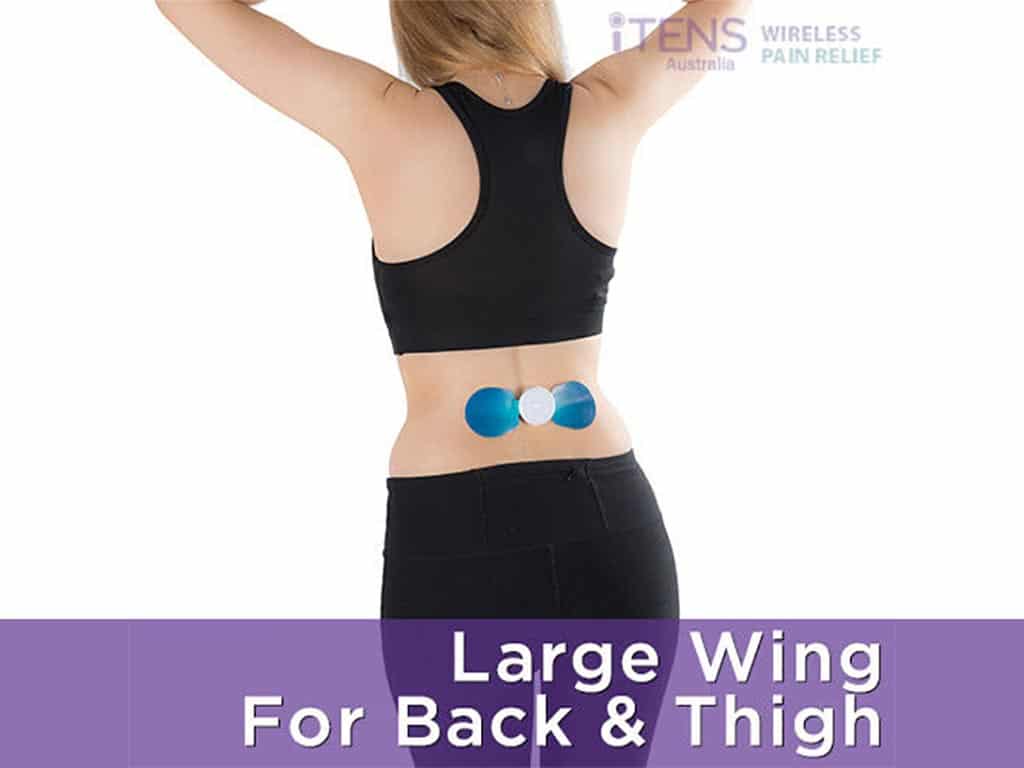
Transcutaneous Electrical Nerve Stimulation (TENS) is a form of low-voltage electrotherapy. A TENS neurostimulator is a medical device implanted into a patient to relieve chronic pain. Many also refer to it as a Spinal Cord Stimulator (SCS). It uses electrical stimulation to trigger endorphin production or induce nerve cells to block pain sensations from reaching the brain. People should undergo an assessment from various health professionals to undergo this surgery. This is to ensure the safety of the patient.
Using SCS, electric currents are delivered through electrodes placed in the epidural space. This is adjusted using a remote control that switches the generator on and off. Many use this as an alternative to taking pain medications. However, there are also many risks to this procedure, like infection. This article will present what SCS is, how it is implanted, and how it works to provide pain relief.
What is a TENS Neurostimulator
A TENS neurostimulator is also known as a Spinal Cord Stimulator (SCS). It is a medical device that can alleviate chronic pain. It is surgically implanted into the body and more than 30,000 people annually undergo this surgery. An SCS comprises thin wires, a small battery pack, and a remote controller.
Furthermore, the thin wires serve as electrodes. Medical professionals place these in the epidural space. This is the area between the spinal cord and the vertebrae. The battery pack generates the electrical current as the wires connect to it. Surgeons insert this under the skin near the buttocks or the abdomen.
Moreover, there are two common types of SCS. The first type is the conventional implantable pulse generator (IPG). It requires replacement through surgery once the battery runs dry. The second type is the rechargeable IPG. As the name suggests, this is similar to the conventional IPG. However, people can recharge it by placing a charger over the skin where the SCS is located.
Different Pain Conditions SCS is Effective On
SCS is commonly used for chronic pain conditions. These are some examples of those conditions:
- Failed back surgery syndrome (FBSS) presents as persistent arm or leg pain after surgery. This may occur even if there is no technical failure.
- Sciatica occurs when the sciatic nerve experiences pressure or injury, resulting in weakness, numbness, and pain in the leg.
- Arachnoiditis is the inflammation of one of the membranes that protect the spinal cord, called the arachnoid.
- Diabetic neuropathy causes pain or numbness in the legs, hands, or feet.
- Angina happens when the heart receives an insufficient supply of blood and oxygen.

How a TENS Neurostimulator is Implanted
Before a person undergoes spinal cord surgery for a TENS neurostimulator, they need to consult with healthcare professionals. Neurologists, neurosurgeons, psychiatrists, and anesthesiologists determine if a patient is suitable for SCS surgery. Typically, only those who have experienced chronic pain in the lower back, leg, or arm are selected. In addition, these patients often have had one or more spinal surgeries before the implant.
Furthermore, the patient undergoes a trial procedure to ensure they are suitable for SCS. This trial period may last a few days to weeks. The duration depends on the condition of the patient and the protocols followed in the country. If the person adjusts well to the trial, the implantation surgery follows. The implantation is not a major surgery. Typically, it only takes two to three hours.
However, the operation is still an invasive process, causing postoperative pain for patients. Doctors typically recommend a recovery period of four to six weeks, during which patients must limit their physical activity. Throughout this time, health professionals will conduct regular check-ups to ensure there are no issues.
Risks of SCS
Due to its invasive nature, there are many risks to SCS. Firstly, the most common risk is infection. In these cases, doctors administer medications to treat infections. In some cases, medical professionals remove the implant entirely. Secondly, there is a chance that the generator may fail over time. Patients often experience this occurrence a few years after the implant surgery. To replace the device, surgeons perform the surgery again.
Lastly, leads may break, malfunction, or move due to natural body movement. Fortunately, these cases are rare. However, the broken parts can cause damage to the spinal cord and surrounding tissues and nerves.

How a TENS Neurostimulator Works
A TENS neurostimulator uses different settings to relieve pain. They are controlled using the remote controller that switches the stimulation on and off. Moreover, it adjusts the generator settings that produce electrical stimulation. Using high frequency, the mechanism suggested in the Pain Gate Control theory is activated. It stimulates spinal nerve cells to block pain signals from reaching the brain.
Additionally, low-frequency stimulation creates tingling sensations. This is called paresthesia, and it helps mask the pain. Furthermore, this level of stimulation triggers the release of endorphins. This is the setting most suited to treating chronic pain.
Altogether, this provides drug-free pain relief for the patient. It allows them to avoid the adverse effects of continuous intake of pain medication. It is an alternative pain management method when other methods fail in alleviating pain. In addition, it expands the range of daily activities the person can do before they start using SCS. Ultimately, it may increase the quality of life of some people.
Handheld and Wireless TENS as Alternatives
Some people may use handheld and wireless TENS devices for relieving chronic and acute pain. These use externally applied electrodes to deliver electrical stimulation to the targeted nerves. It is non-invasive but still aids in alleviating different kinds of pain. Additionally, these use high and low-frequency stimulation to trigger spinal nerve cells and induce endorphin production.
Furthermore, these devices are available for home use. Individuals may buy them online and from pharmacies. There are many options for FDA-cleared devices. These TENS machines are helpful options for pain management. People may ask to try these devices before undergoing assessment for SCS.
Conclusion
A TENS neurostimulator provides adjustable pain relief for chronic pain and the underlying conditions that cause it. It uses electrodes implanted into the epidural space connected to a generator to provide electrical stimulation. This stimulation causes paresthesia and triggers spinal nerve cells to block pain signals. However, there are several risks to using SCS. Thus, a person must be assessed by neurologists and other medical professionals to become a candidate. Moreover, the person undergoes a trial period before implantation surgery.
SCS is an alternative pain management method. It is helpful for those who wish to reduce or replace the intake of oral pain medication. However, other TENS machines may help to relieve pain from chronic and acute pain conditions. There are many wired and wireless options that a patient may consult their doctors on. The iTENS from iTENS Australia is a reliable FDA-cleared wireless TENS device.







